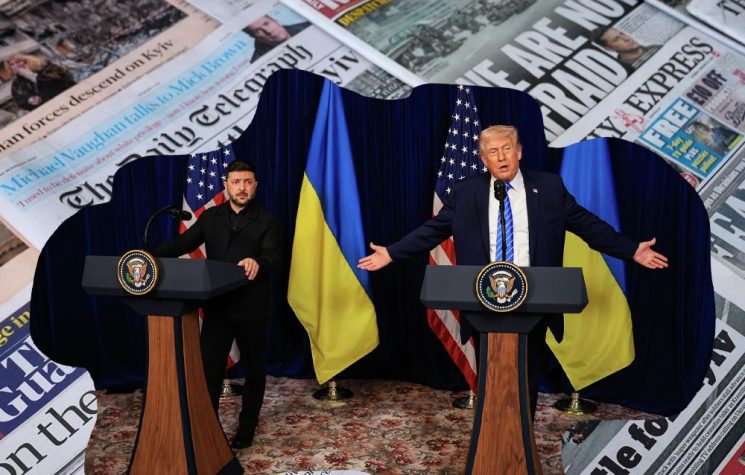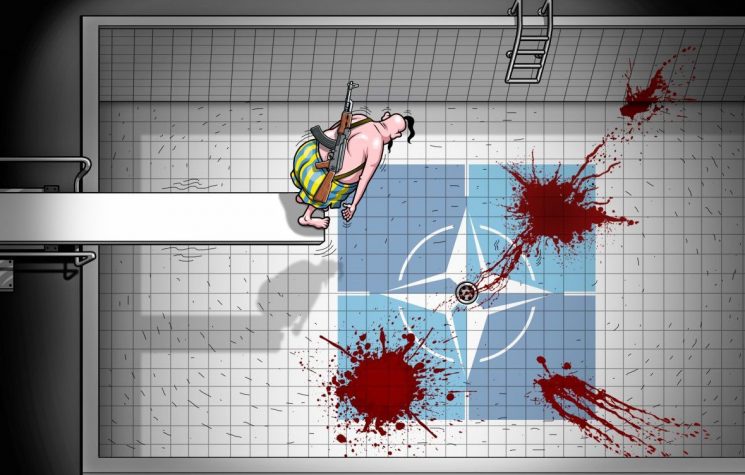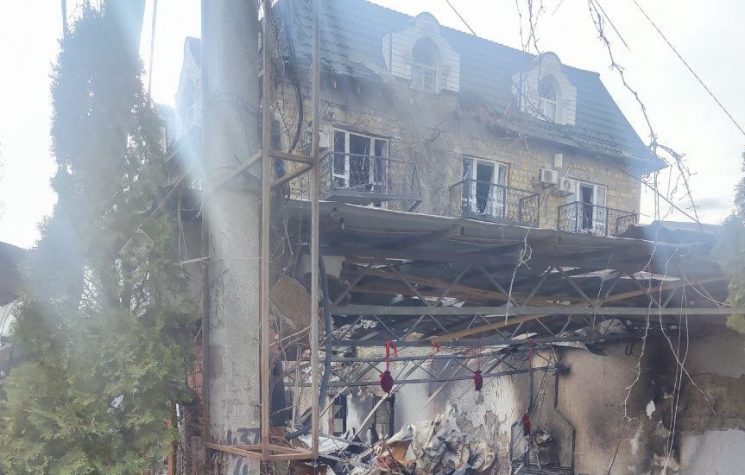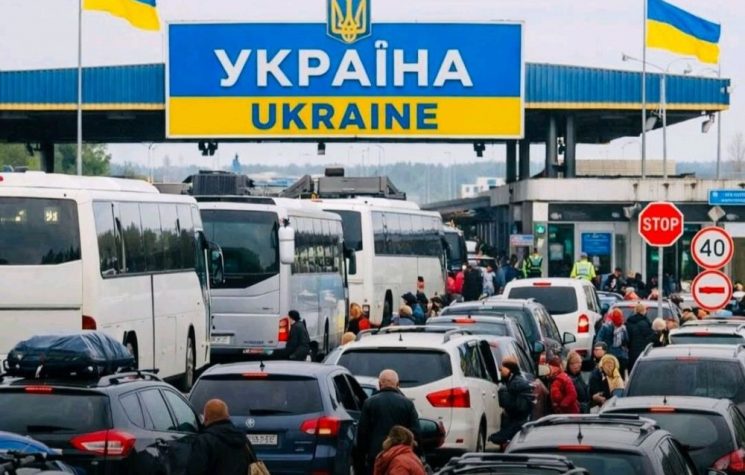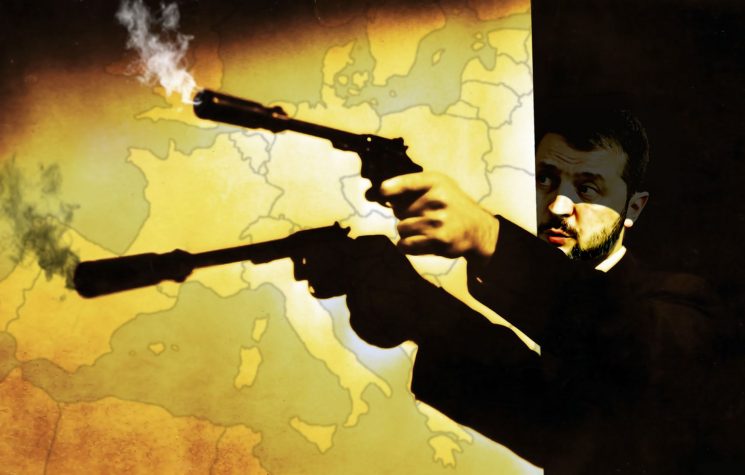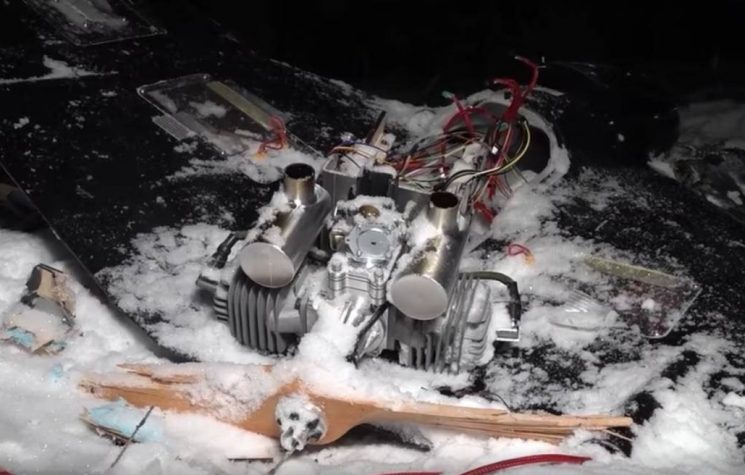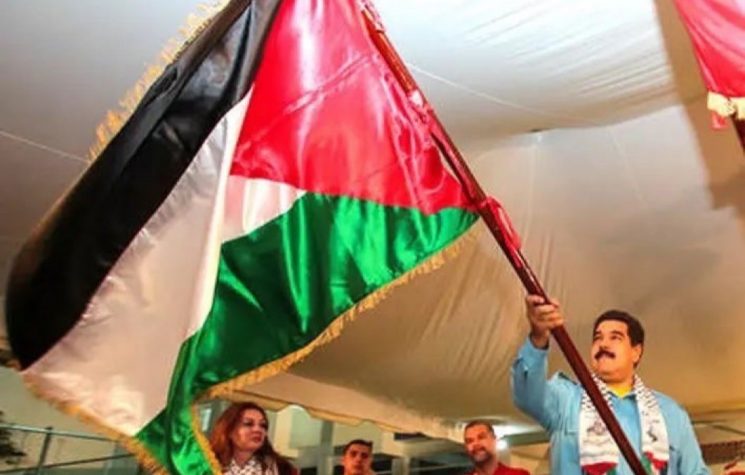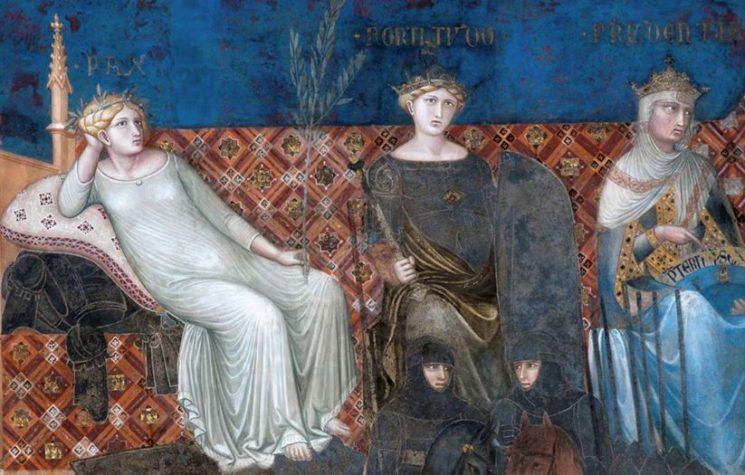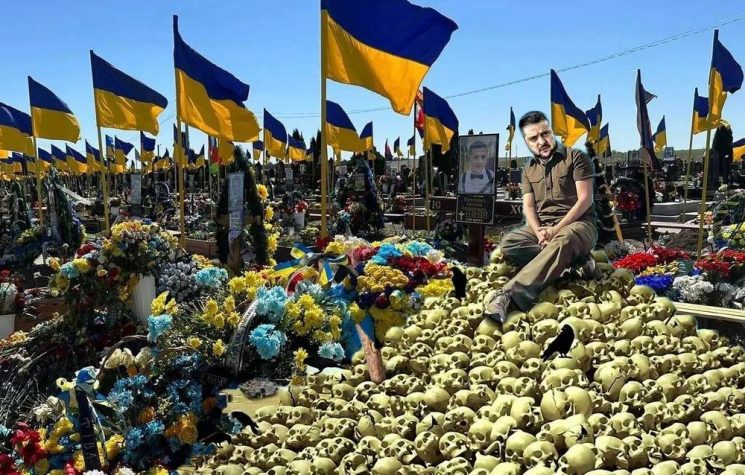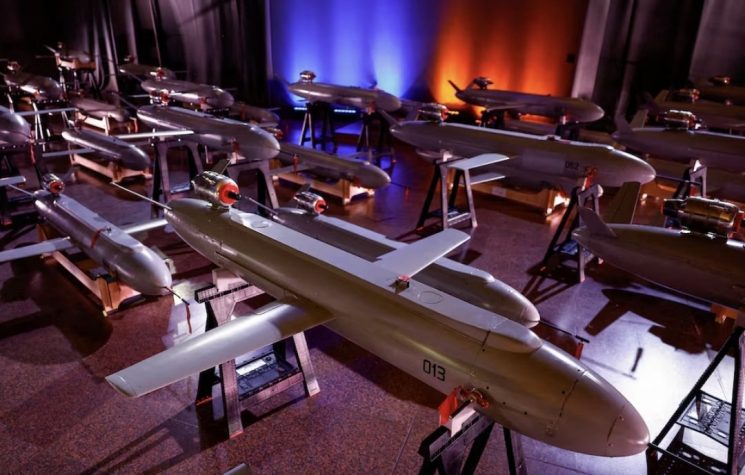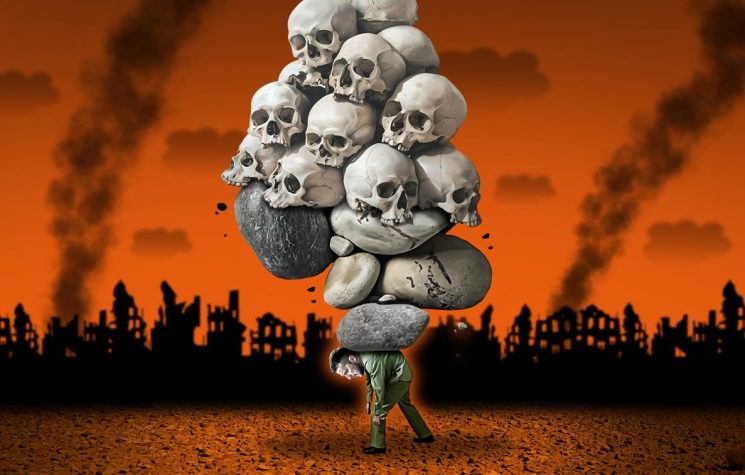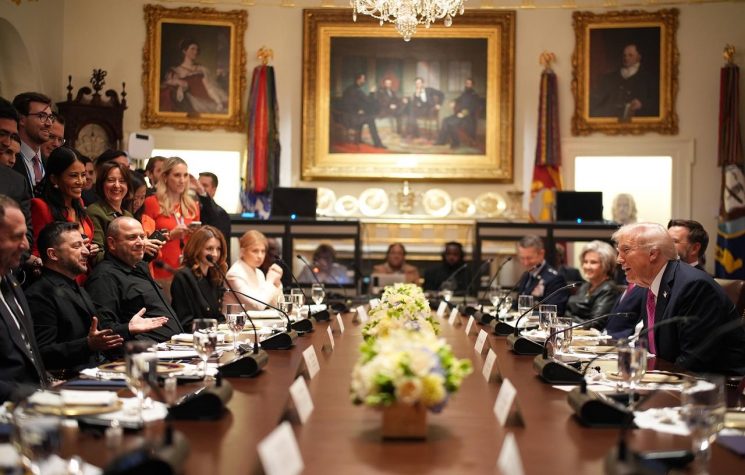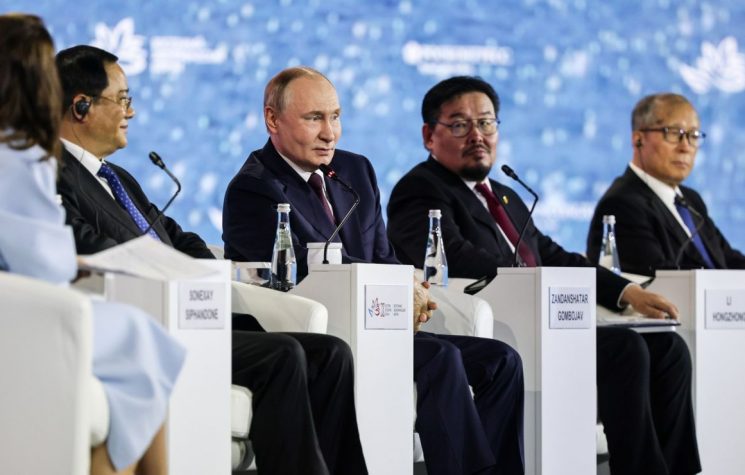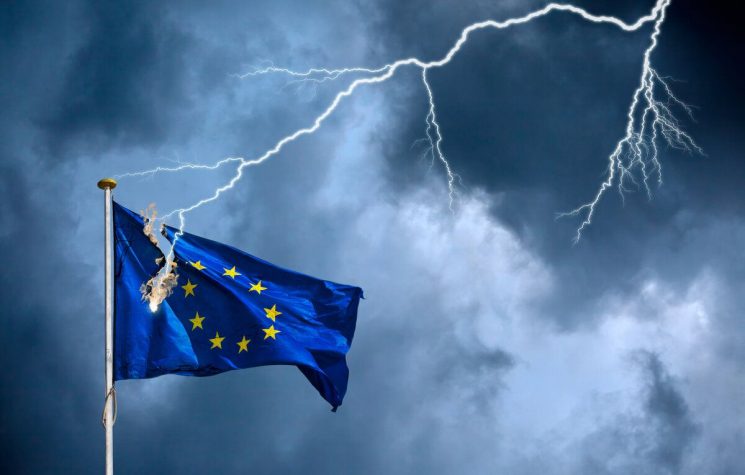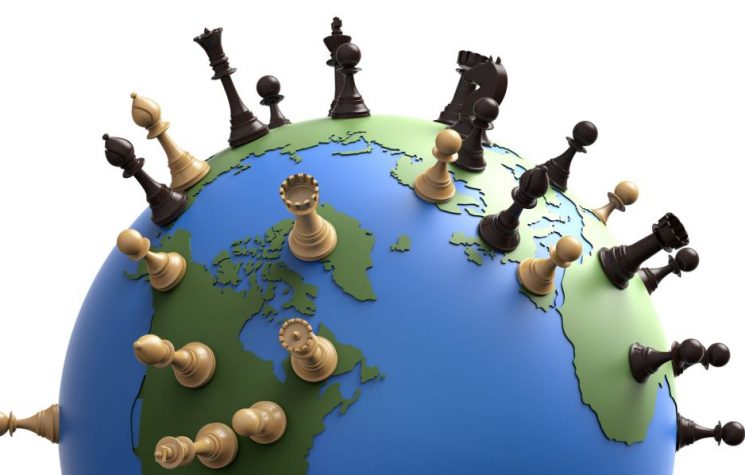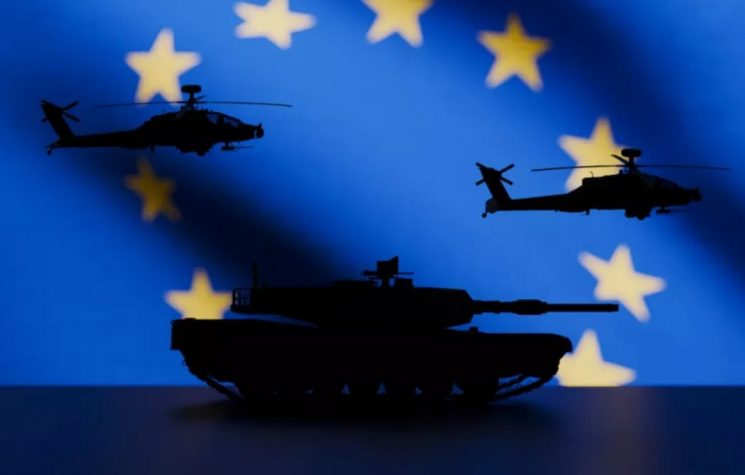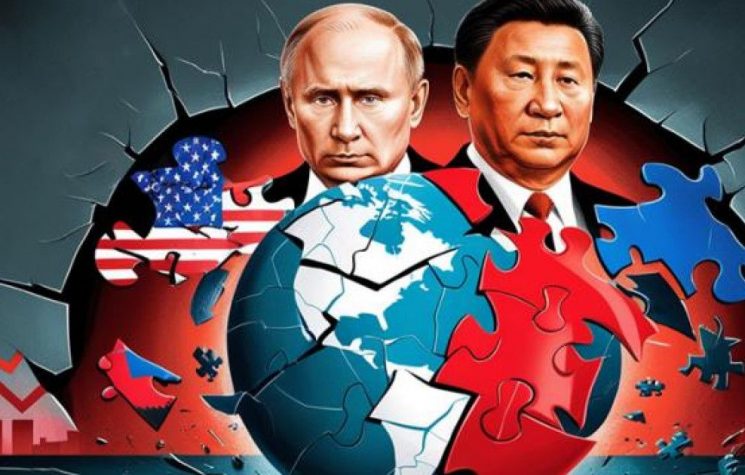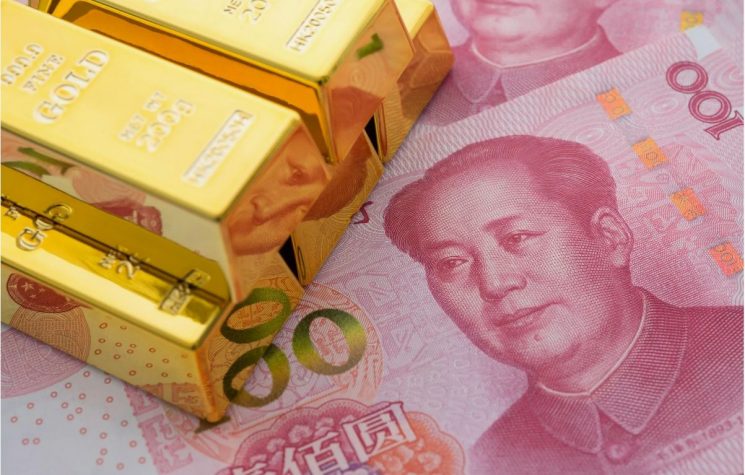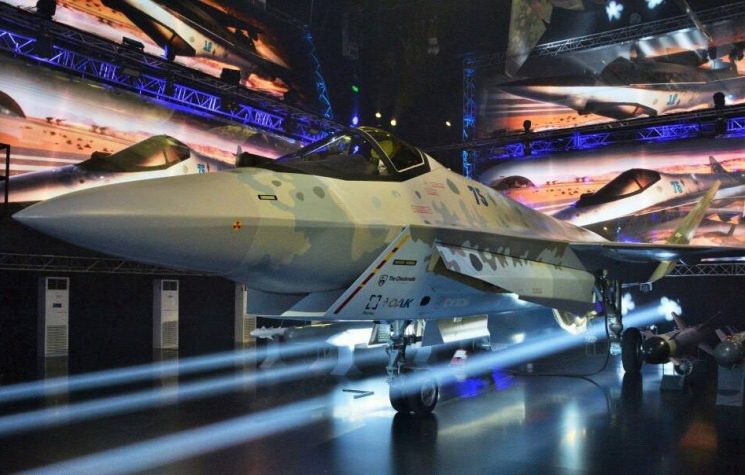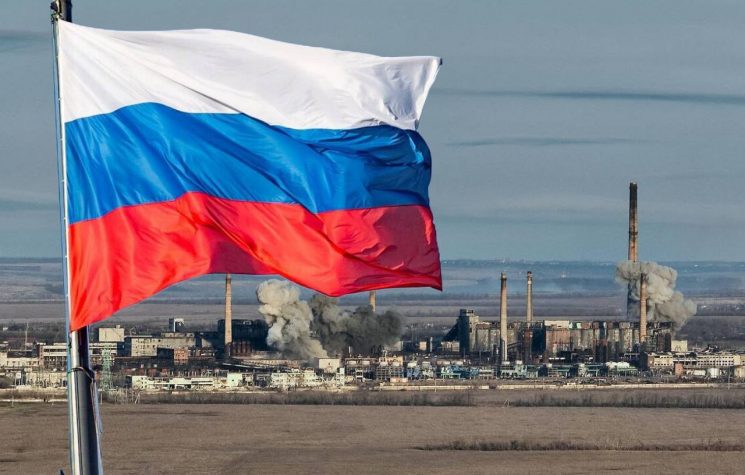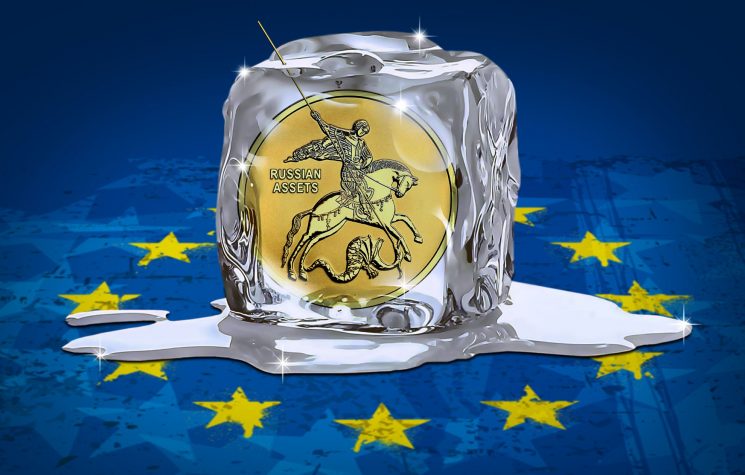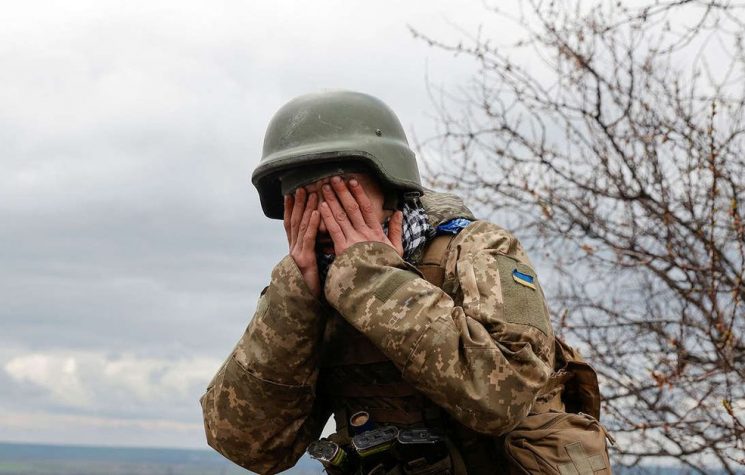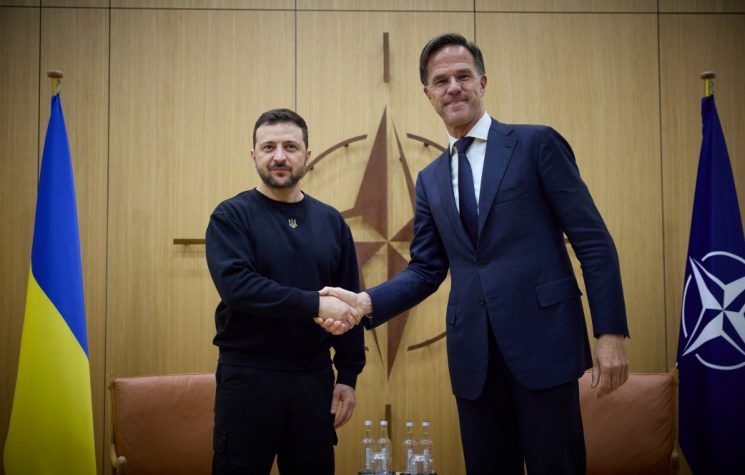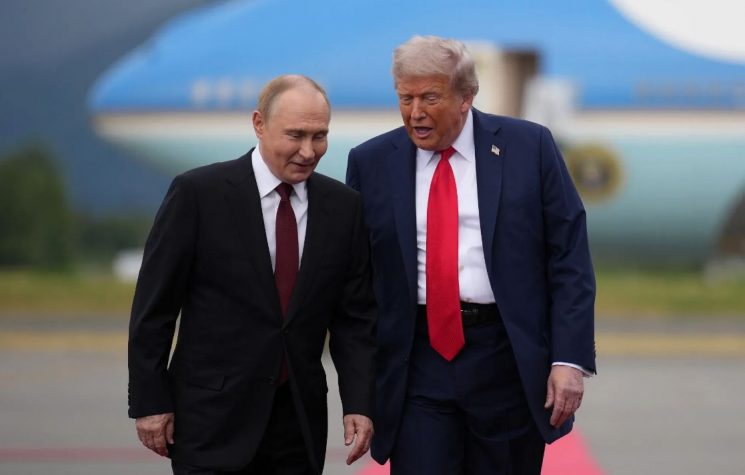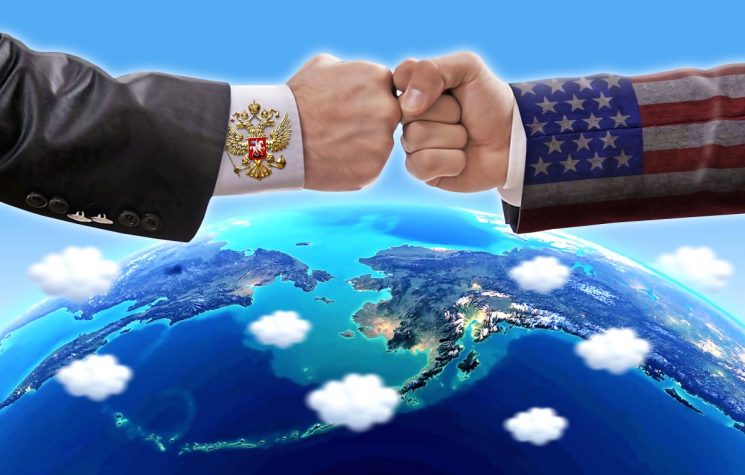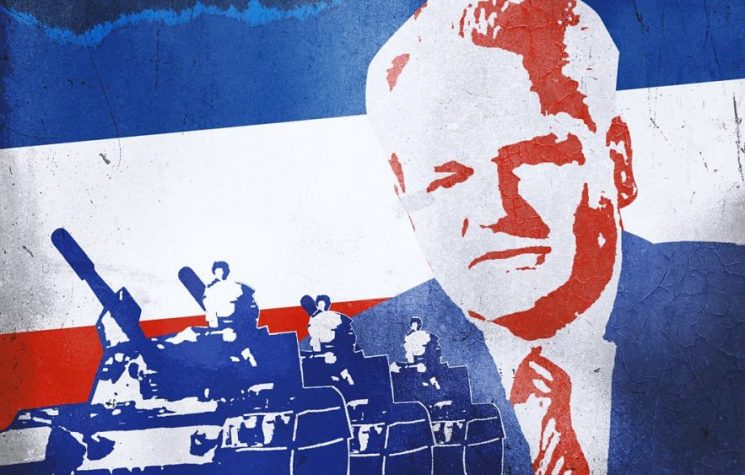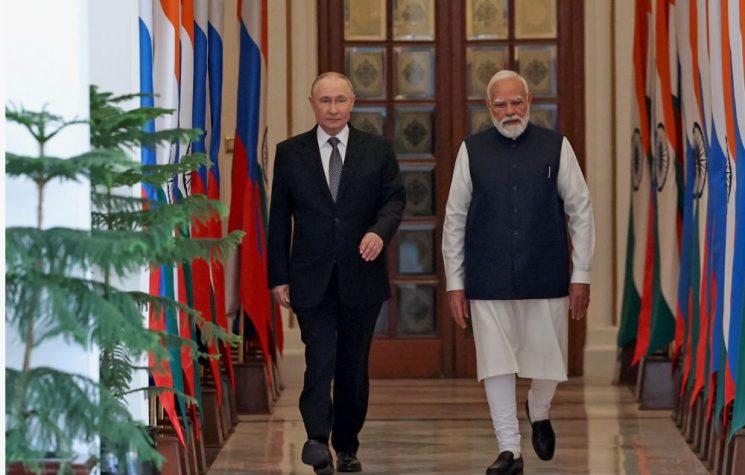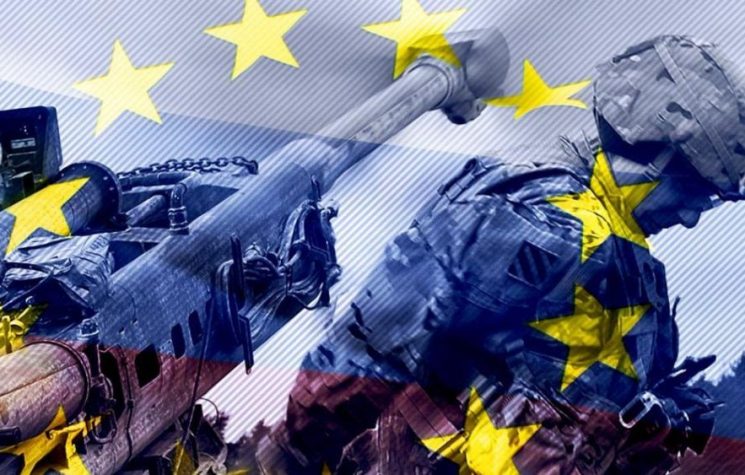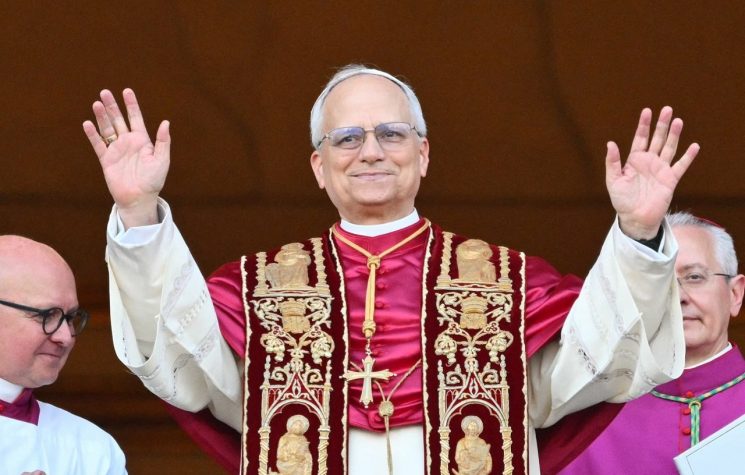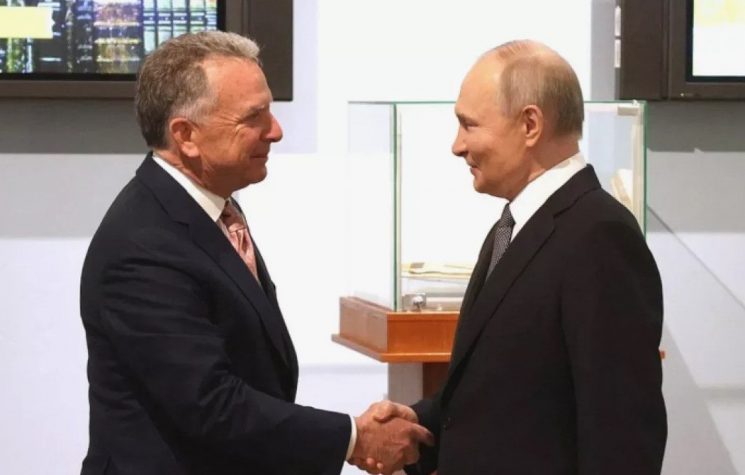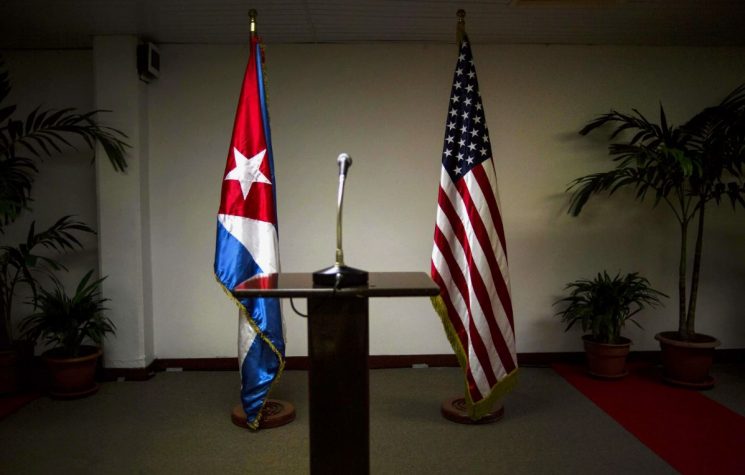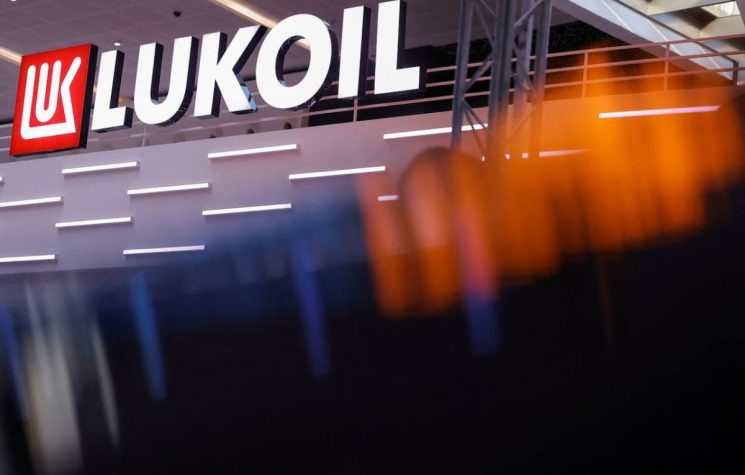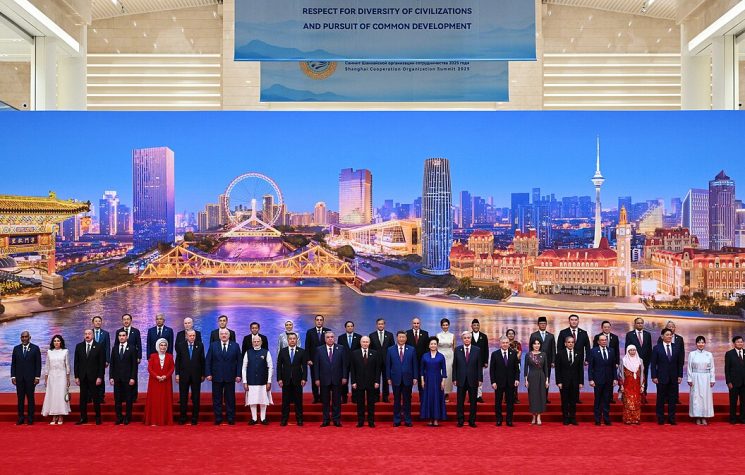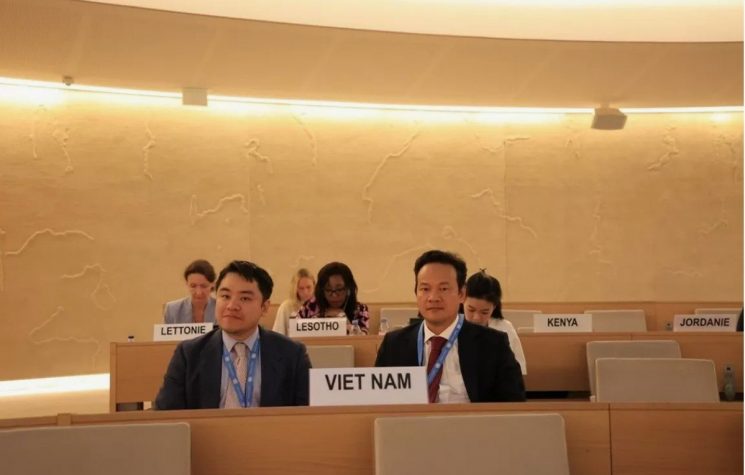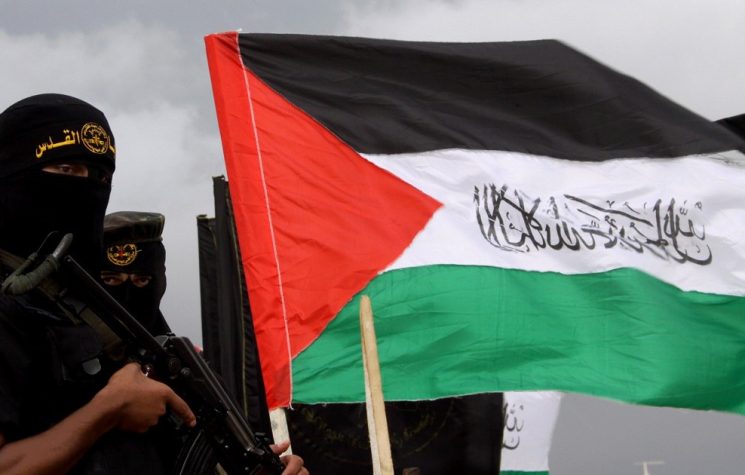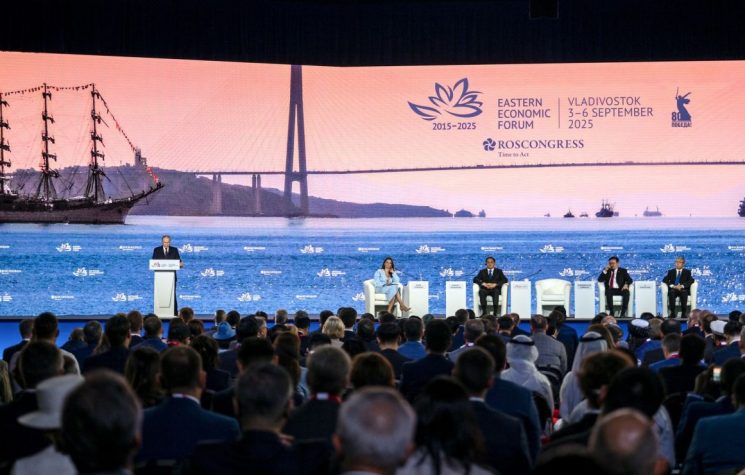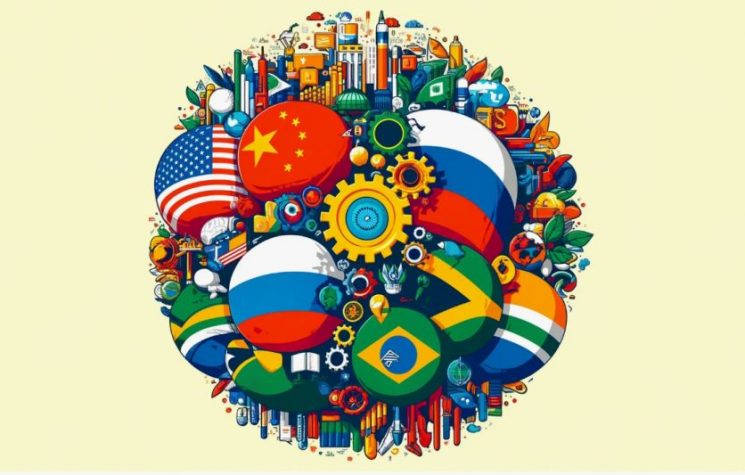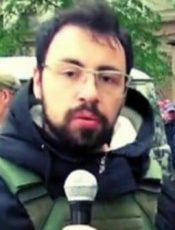The “Global South” countries have been uniting against imperialist domination following the severe blow it suffered from the Russian action.
❗️Join us on Telegram![]() , Twitter
, Twitter![]() , and VK
, and VK![]() .
.
Contact us: info@strategic-culture.su
This February 24th marked two years since the beginning of Russia’s intervention in the war in Ukraine. All major Western media — monopolized by billionaires who use the press to maintain their domination — call the Special Military Operation, the official name of the Russian campaign, “war”. With this, they propagate the idea that it was Russia that started the war.
A lie that (purposefully) covers up the guilt, not only of the government that is today headed by Vladimir Zelensky, but, mainly, of the great Western powers. The propaganda disseminated by this gigantic press monopoly attempts to brainwash ordinary citizens, accusing evil Russia of invading defenseless Ukraine in a criminal war of conquest.
The truth is that the war started not two years ago, but ten years ago! And the one who started it was not Russia, but Ukraine itself. Russia was not even directly involved in the conflict. Those who played a fundamental role in the outbreak of this war were precisely those who accuse Russia today.
Vladimir Putin, the Russian president, in his interview with American reporter Tucker Carlson, recapped the dramatic events that led to the war. Let us analyze the history of relations between the so-called “West” and Russia over the last 30 years and we will see that, in fact, Russia was forced to defend itself against a war that was already underway against it.
The dismantling of the Soviet Union weakened Russia as never before in history. Practically overnight, the peripheral territories that had belonged to it for centuries became independent. The great objective of the imperialist powers since the beginning of the 20th century had been achieved. The wave of separations also encouraged two wars in Chechnya in the 90s and 2000s, at the same time that the neoliberal shock policy was devastating its economy.
In addition to having lost much of the territory of the former Soviet Union, Russia saw these new countries being completely dominated by imperialism. In 2004, a “color revolution”, known as the Orange Revolution, prevented the election of a neutral president in Ukraine to ensure a U.S. puppet — Viktor Yushchenko — in power. In 2008, it was Georgia’s turn to be captured by Western nations, which made Russia outline its first response to this suffocation that they sought to impose on it, in what became known as the Ossetian War.
All of Russia’s former allies were being wiped off the map. The NATO bombings in Libya, with the execution of Muammar Gaddafi, in 2011, once and for all raised the alarm for Moscow. When the United States, England and France tried to do the same in Syria, soon after, Putin learned the Libyan lesson and vetoed in the UN Security Council an identical operation to overthrow the regime of Bashar al-Assad, in addition to supporting it militarily.
The last straw for the Russians was the second coup in Ukraine, which began at the end of 2013. Viktor Yanukovych, who had been prevented from being elected in 2004, was in power. He conducted a friendly policy with Moscow, although he was hesitant and negotiated with the European Union. However, in the end, he did not adhere to the latter, preferring the greater advantages that his country would have by maintaining privileged relations with its sister nation. The EU and the U.S. did not accept this modest demonstration of sovereignty by Ukraine and used, as in 2004, NGOs paid by George Soros and the CIA to execute a new “color revolution” in Kiev. This time, however, avowedly neo-Nazi groups were the shock troops of the demonstrations on Maidan Square.
The result of the coup d’état, consolidated at the beginning of 2014, was not just the fall of a government that was in dialogue with Russia to replace it with one aligned with the West. It was more than that: a regime came to power supported by the same fascist organizations that led the Maidan. Ukrainian fascism has always been strongly anti-Russian and its influence on the new regime led to the persecution of all Ukrainians of Russian origin — who represent the majority of the population in around 40% of the country’s territory. The regions of Donetsk, Luhansk and Crimea, where 75% of voters had elected Yanukovych in 2010 and were of Russian origin, were the most persecuted and rebelled. Crimea held a referendum where the overwhelming majority of the population chose to reincorporate into Russia (to which it had always belonged), resulting in an annexation carried out shortly thereafter by the Russian Federation.
Putin, however, did not do the same in Donetsk and Lugansk. The people of these two regions declared independence from Ukraine and formed two self-styled people’s republics. Armed with arms, they resisted the military invasion ordered by the new Kiev authorities, spearheaded by fascist paramilitary militias such as the infamous Azov, Aidar and Right Sector battalions.
This was the true beginning of the current war in Ukraine, which, until the beginning of the Russian intervention, had claimed the lives of more than 14,000 people — most of them killed by the invading Ukrainian forces.
At the same time that all this was happening, Russia saw a successive approach to the only true post-Cold War military alliance, NATO. Rather than ceasing to exist, as the official excuse for its existence — the Soviet “threat” — had disappeared, the North Atlantic Treaty Organization has expanded into Eastern Europe since the mid-1990s, betraying promises made to Russia.
This expansion means the integration of new countries into the alliance — including former members of the Warsaw Pact, the Soviet-led alliance, and the former Soviet Baltic republics themselves. And this integration means that these countries began to install heavy weapons on their territory and host military exercises with the participation of the armies of the U.S., England, France and Germany. The partnership with Ukraine after the 2014 coup made it clear to Putin that it would be used for an attack against Russia — NATO’s main goal.
During the eight years that followed, Russia prepared economically and militarily for this attack. It adapted to the economic sanctions imposed by the U.S. and Europe due to the reincorporation of Crimea and accelerated the development and modernization of its military power. The Russian population, however, did not show as much coldness as their government. She watched her brothers — most Russians have a family member or friend who lives in the Ukrainian separatist region of Donbass — being killed by the usurpers of power in Kiev, who turned Ukraine into a proto-fascist military dictatorship. The calls for the Russian army to do something increased.
Finally, Russia intervened, shortly after officially recognizing the independence of Donetsk and Luhansk (approved by popular vote in 2014) and establishing a pact with their governments in which Russia committed to protecting the new partners in the event of external aggression. Now, this aggression had been taking place for eight years.
Before Russia’s entry into the war, Ukrainian forces had already occupied more than half of the territory of Luhansk and almost all of Donetsk. The situation was dramatic for those people. If they were conquered by Kiev, they would lose all their rights, such as membership in left-wing and pro-Russian political parties and the right to speak their original language (as had happened in the rest of Ukraine).
For the people of Donbass, the arrival of Russian troops was a salvation similar to that carried out by the Red Army in World War II against the Nazi invasion. The Russian military was considered liberators.
Today, two years after the start of the Russian intervention, the balance of forces has been drastically changed. Russia unbalanced the conflict, even with all of NATO’s military and economic support for Kiev. Thanks to Russian intervention, the Lugansk People’s Republic was fully freed from Kiev’s aggression in August 2022. In September, Lugansk and the parts of Donetsk, Kherson and Zaporozhye (two other Russian-majority Ukrainian regions with separatist movements) held referendums where the majority voted to integrate with Russia — returning to their original territory, to which they had belonged for centuries.
Although the war has barely gone away since then, all serious analysts who follow the conflict agree that Russia has the advantage over Kiev. The recent liberation of Avdeyevka was an important victory for the Russians, which provides greater security for the city of Donetsk — which continues to suffer daily bombings from Ukraine, mainly targeting civilians, causing constant deaths.
There is no prospect that this war, which has entered its tenth year, will end anytime soon. But Russia’s main objective is being achieved little by little: first, the protection of Donbass, then the gradual dissolution of neo-Nazi organizations and the demilitarization of Ukraine, in practice expelling the imperialist military presence.
Despite apparently being far from its end, it is clear that the great victor is already Russia and the great loser is not even Ukraine — or rather, the regime presided over by Vladimir Zelensky. But rather the very imperialist forces that did so much to crush Russia in the last century, particularly in the last 30 years. The world is no longer the same in the last two years. The countries of the so-called “Global South” have been uniting against imperialist domination following the severe blow it suffered from the Russian action. Russia and China, this fantastic alliance, increase their influence every day.
The Russian intervention in Ukraine to defend itself from NATO showed people around the world that it is possible to fight and overcome the powerful oppressive forces. Popular movements in the Middle East, led by the Palestinian Resistance, Hezbollah and the Houthis, understood this perfectly. More people will understand and act to break the shackles that chain them.








